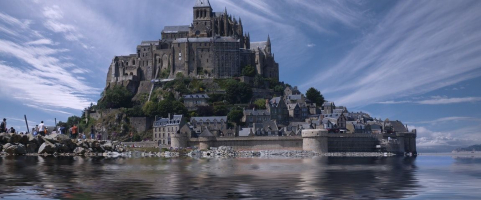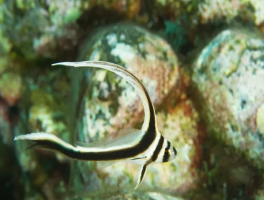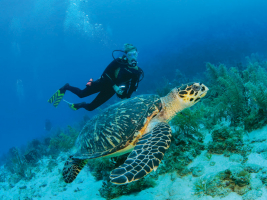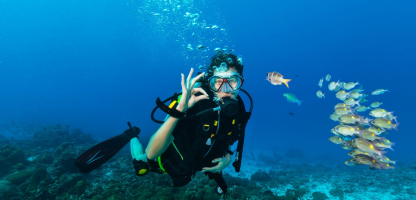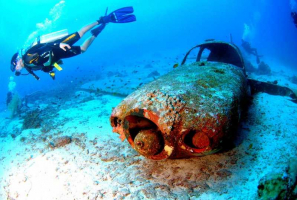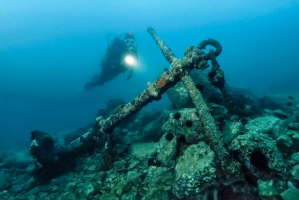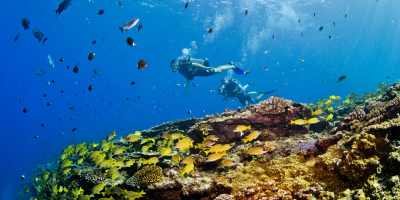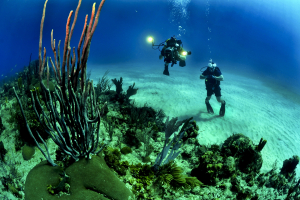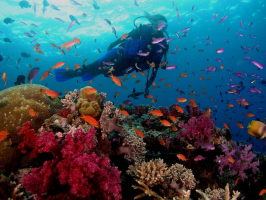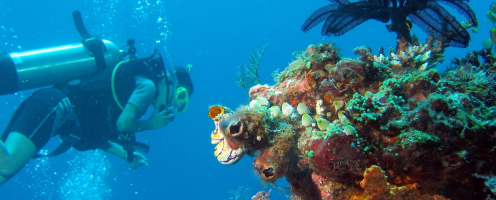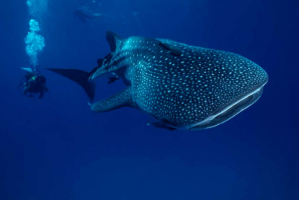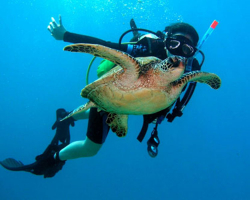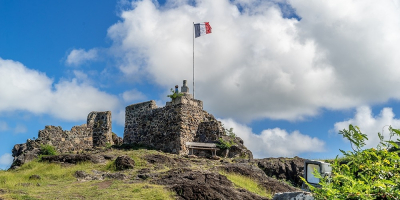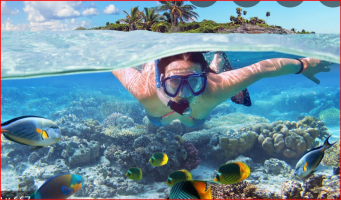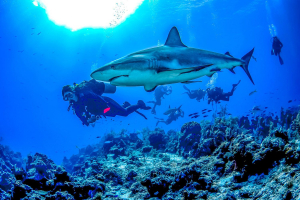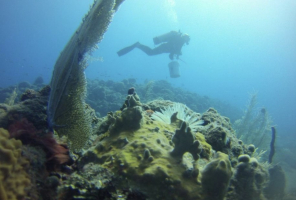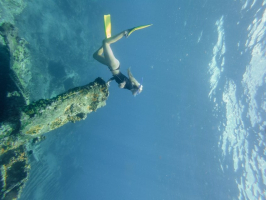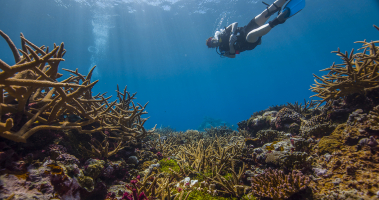Top 10 Best Diving Sites in Saint Helena, Ascension and Tristan da Cunha (UK)
St. Helena is undoubtedly one of the most distant diving destinations in the world. It's a British Overseas Territory 1,000 miles off the southwest coast of ... read more...Africa in the southern Atlantic Ocean. Ascension and Tristan da Cunha are the other islands in the group. Let's take a look at the Best Diving Sites in Saint Helena, Ascension and Tristan da Cunha (UK).
-
Ascension Island is the island of Ascension. The island is now largely populated by 'Saints,' a moniker for Saint Helena residents who have relocated to Ascension in search of jobs. The population is curiously diversified with members of the Royal Air Force (RAF) and US Military Bases, who tend to come and go in 2-3 year contracts.
When you get in Ascension Island, St. Helena, you'll find a place rich in history, lush forest, and charismatic people. Let's go with "The Arch," a straightforward dive a few miles out from the Clarence Bay mooring. Crop gear, load the dinghy, put in the GPS, and make your way towards the dive spot, approach coordinates, belted into BCD's, switch on air, and back roll into the clear water.
The grandeur of the setting washed away your anxiety as you descended down to roughly 15 meters of Ascension Island. The black lava rocks will be everywhere around you. Rich individuals from the United Kingdom or America would come in for the weekend with photographers with the express purpose of shooting the large ones, chopping off a sickle or bill as a souvenir, taking nice shots, and then putting the fish back into the water. Many visitors consider this to be one of the Best Diving Sites in Saint Helena, Ascension and Tristan da Cunha (UK).
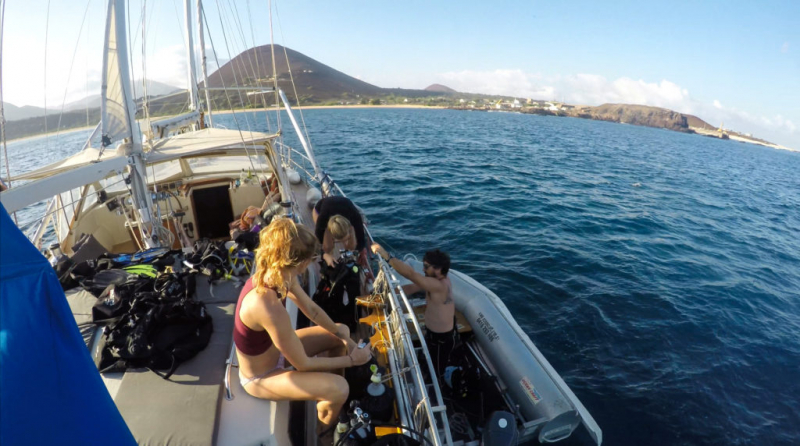
https://svdelos.com/blogs 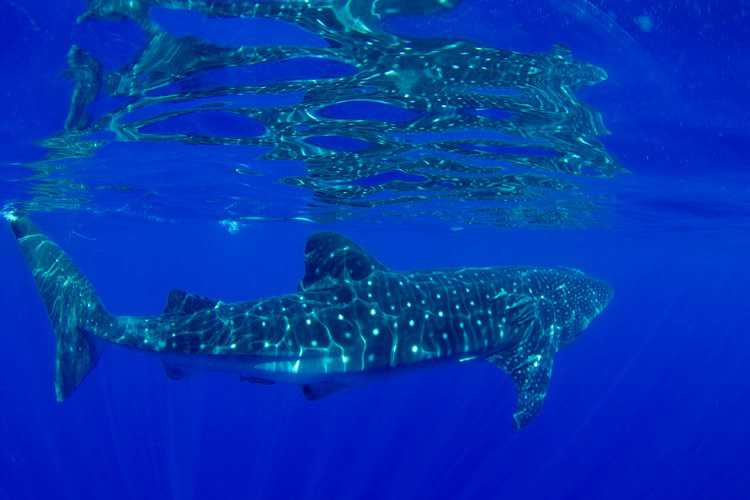
https://svdelos.com/blogs -
Spending time diving in English Bay gives you the feeling of being able to truly escape even in the heart of a city. It's a fantastic and easily accessible dive location and dive area with adjacent parking! Because there are so many beachgoers in the summer, parking is plentiful.
It's a lovely spot to relax near Stanley Park and enjoy the beach. It can become a little crowded, especially in the summer, but it's still a lot of fun in the winter. Get a hot dog, have a cup of coffee, go for a walk, sunbathe on the beach, or go diving. It is unquestionably a must-see for everyone visiting the city.
Beautiful palm trees, sandy beaches, a nearby seawall promenade, and friendly people characterize English Bay. It has a view of the Kitsilano Inlet and the Greater Vancouver hills. English Bay is the body of water where the Pacific Ocean meets the Vancouver coastline.
The name English Bay refers to a meeting between British Captain Vancouver and Spanish Captains Valdez and Galiano in 1792. Along the route, there were opportunities to go into various park places, and there are stunning views of the North Shore and Vancouver Downtown.
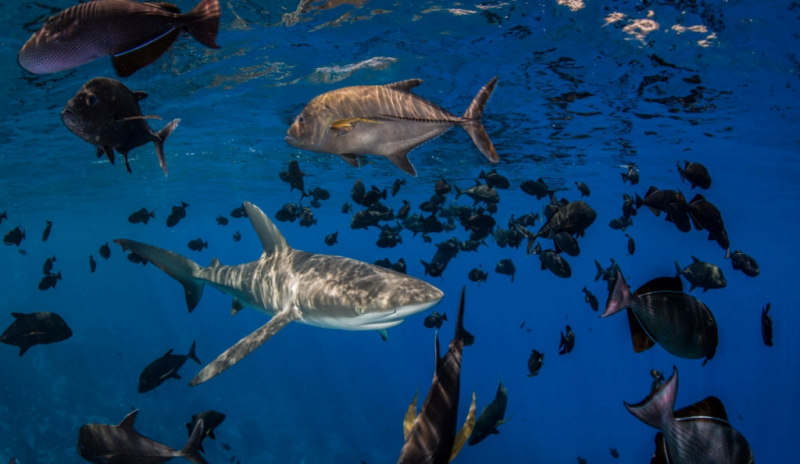
https://svdelos.com/blogs 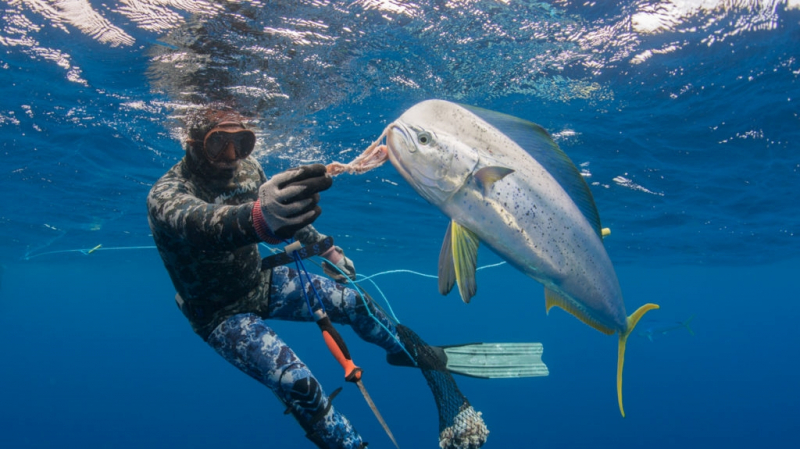
https://svdelos.com/blogs -
A large stone field with smaller rocks covered with yellow, brown, dark red, and black sponges makes up this diving site. Cold water corals cover little hangovers on the inside of Red Island. The opposite side is still full of surprises, and a relaxing drift dive is feasible.
Seahorses, scorpionfish, cuttlefish, octopus, conger eel, schools of swarm fish, cold water corals, shrimp, electric rays, sea spider crabs, and several types of sea grass can be viewed in Red Island. This place is famous for its coral reef sloping gently down to the sandy bottom. With a depth of 3-25m, this will definitely be a place not to be missed for scuba diving enthusiasts.
Besides, there is light current in the northern and southern corners. This is a great place for a night dive. With water temperatures ranging from 19 to 26 degrees (66 to 79 degrees Fahrenheit) and visibility of 15 to 25 meters, there is enough to see and learn on each dive.
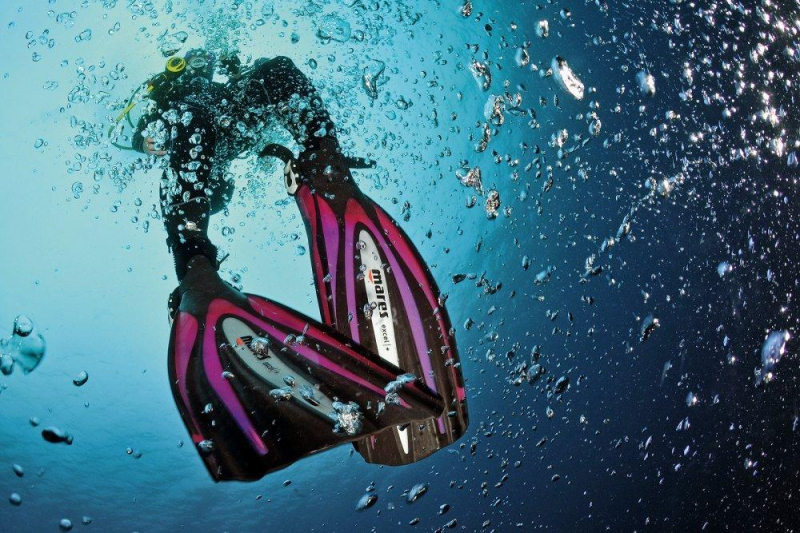
https://svdelos.com/blogs 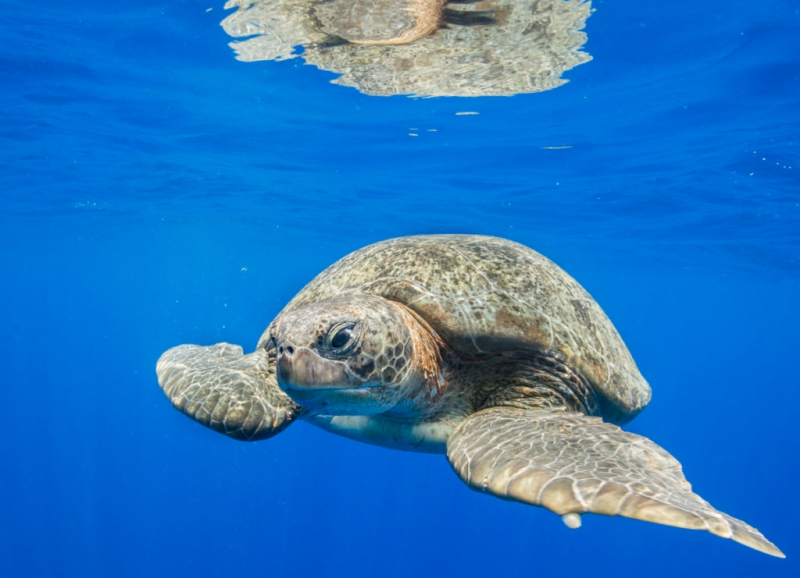
https://svdelos.com/blogs -
Thompson Valley Island is located near South West Point and may be reached by boat in about 20-25 minutes. There are several tiny caves and reefs to explore, as well as a wealth of aquatic life, on this little island. The maximum allowed diving depth at this beach is 18 metters.
Thompson Valley Island is a canyon in Saint Helena that is 1096 feet high. Thompsons Valley is a short drive from High Hill House. The natural gentle stream that flows around this location starts near the Dockyard and softly brings you 100 meters to Banks Battery. Moray Eels can be found in large numbers (they can be aggressive during mating season).
The artificial reef is made out of obsolete automobile constructions and frame works that local residents no longer need and have graciously donated to the artificial reef. James Bay lies immediately to the west of the artificial reef. It has a maximum depth of around 30 meters and has attracted all forms of marine life found on the island, including native species such as Greenfish and Rockfish.
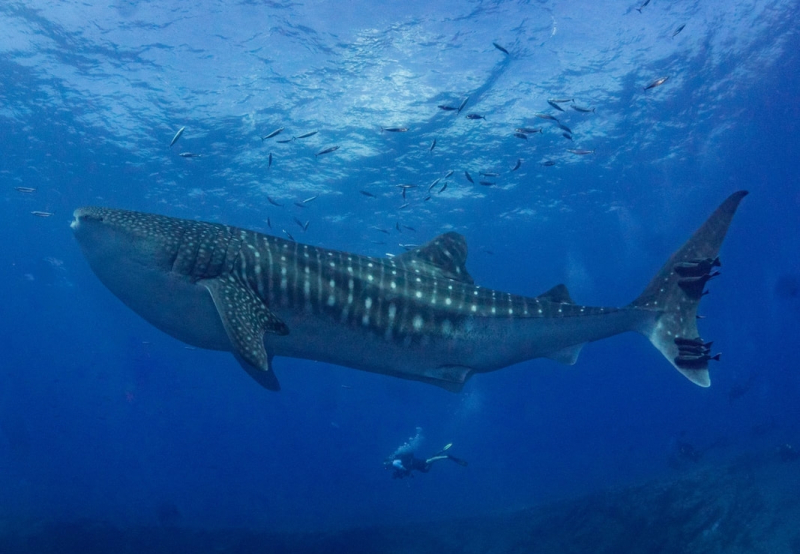
https://www.indigosafaris.com/st_helena_diving.html 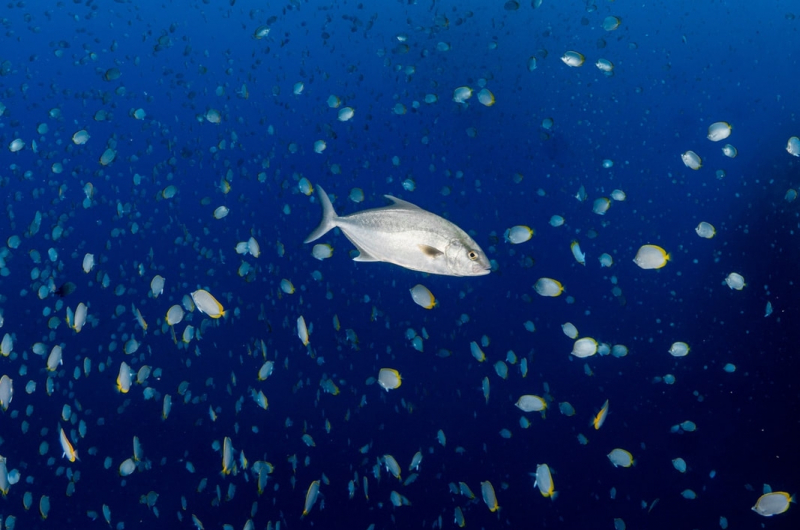
https://www.indigosafaris.com/st_helena_diving.html -
The MV Atlantic Rose was initially purchased by a German resident of St Helena to transport commodities from Cape Town to the island. He sold the boat to two local fisherman after 'getting into difficulty' and being deported. She was pushed onto the rocks beneath Ladder Hill during a storm and sunk close up the shore at Young's Valley, too badly damaged to recover.
The MV Atlantic Rose, which was originally in 12 meters of water, relocated a few years later following a storm and is currently in an 8-meter depth. Although the current is normally mild, diving near the beach might be affected by surge and strong waves. Nudibranchs and St Helena butterflyfish, as well as big slipper lobsters and long legged crayfish, may be seen near the wreck at night.
A massive hole had been drilled in the bottom of the bow, as well as a significant chunk of welding on the starboard side. At the time, the island lacked a crane capable of lifting Atlantic Rose entirely out of the water so that repairs could be carried out.
Various attempts were made to stop the water from coming in, but there was no way to fix the damage while the boat was still in the water, and the pumps were battling to keep her afloat. As a result, the owners decided to abandon their efforts to save the Atlantic Rose.
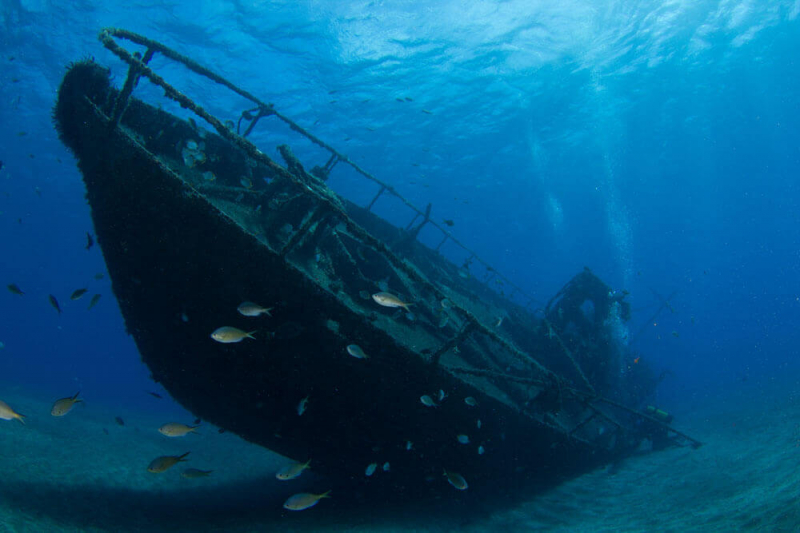
https://svdelos.com/blogs/ 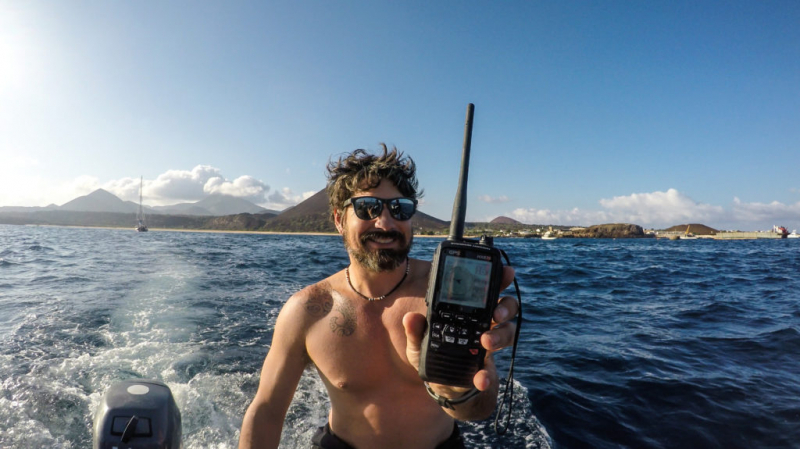
https://svdelos.com/blogs/ -
This is one of the most popular dives near St. Helena, and because it is close to the beach and shallow, even novice divers may enjoy it. The SS Papanui was a coal-carrying steamer that stopped at St Helena to replenish its supplies of water and food. It is one of Best Diving Sites in Saint Helena, Ascension and Tristan da Cunha (UK).
It caught fire on its way to India and went aground in James Bay to save everyone on board. The Papanui was designated as a monument at James Bay in 1911. Located in around 13 meters of water, the tiller periodically protrudes the surface as the tides go in and out, making it one of the most popular diving sites near St Helena for both novice and professional divers.
The SS Papanui has drawn an abundance of marine life throughout the years. On its route from the United Kingdom to Australia, this ship caught fire and sunk in 1911 and was recovered in 1980. The entire ship may be seen from the top of Ladder Hill on clear days. You may even go onshore and dive past some of the reefs and along the beach rocks to extend your dive.
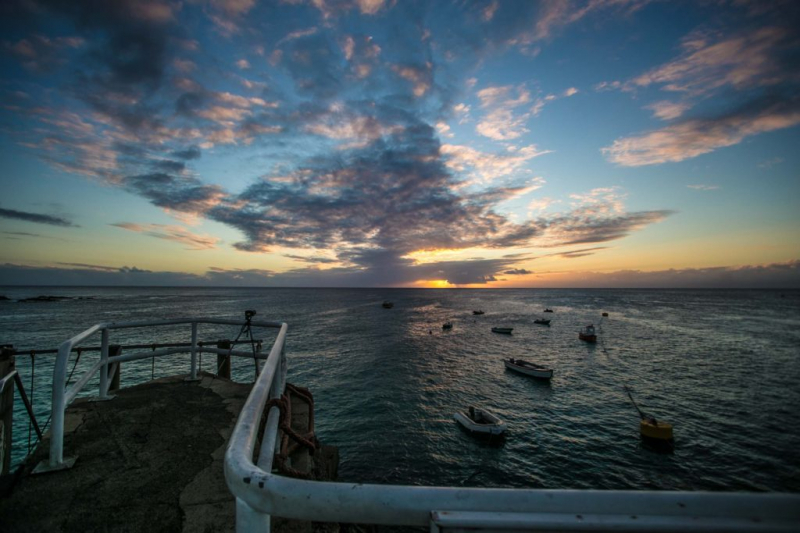
https://svdelos.com/blogs/ 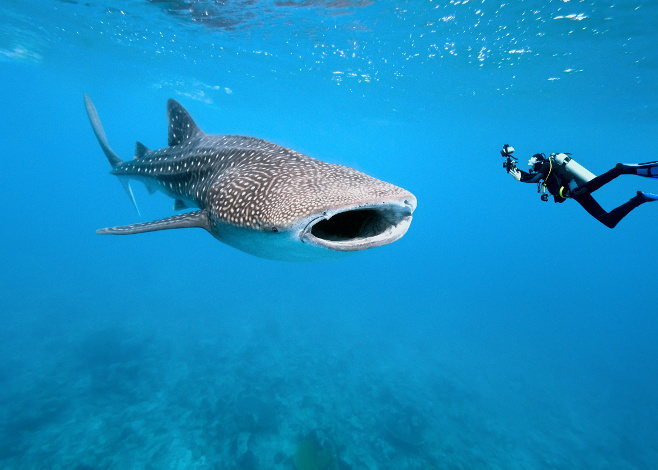
https://svdelos.com/blogs/ -
St Helena provides a variety of wreck diving opportunities, with the MV Bedgellett being one of the more popular. The Bedgellett may be found at a depth of roughly 16 meters. The Bedgellett was brought to the Island from the United Kingdom to assist in the recovery of goods from the Papanui.
Another commercial fishing vessel sank in James Bay after slipping her moorings, despite an attempt to save her being ruled unsalvageable. It is presently laying on the seabed at Breakneck Valley; this dive will take you to 28 meters, where you will be able to witness a variety of interesting marine species; while diving down to the MV Bedgellett, you will see the boat lying on its starboard side in the seabed; this dive needs expert diving.
This is an interesting dive with unique marine life, including a variety of fish species and some incredible huge eels. Large fish such as tuna, wahoo, barracuda, and other shark species are frequently seen.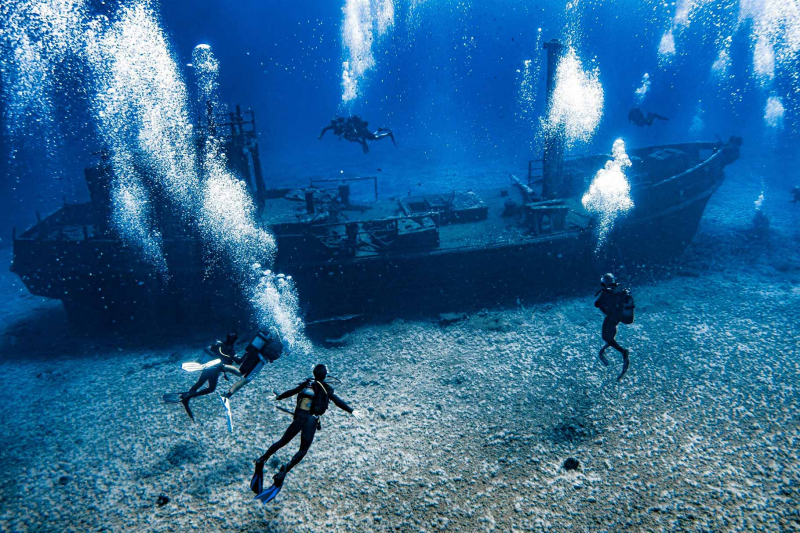
https://www.indigosafaris.com/ 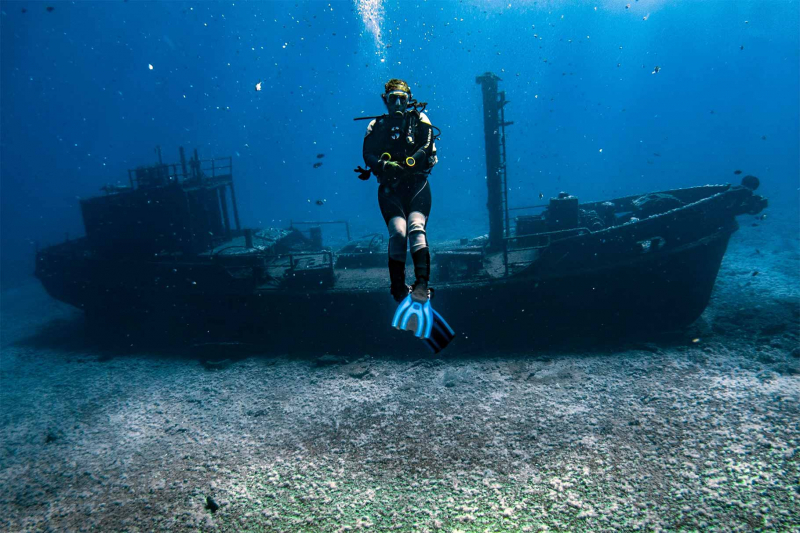
https://www.indigosafaris.com/ -
On a chilly dark night in the 1940s, a German submarine sank this gasoline tanker when a torpedo pierced the bow part of the ship RFA Darkdale. The Darkdale has attracted a diverse range of marine species, including Bullseye, Grouper, Cavalley, and various St Helena endemics including Greenfish, Cunningfish, and Rockfish.
Another highlight is the descent and climb, when tuna and barracuda, as well as the peaceful gigantic whale shark, are frequently sighted. Apart from the blast damage, the ship's surviving pieces are essentially undamaged, albeit the ship rolled as she sunk and the debris is now overturned on the bottom.
The oil (which had begun to seep from the tanks) and explosives were removed from the ship RFA Darkdale in 2007, but the wreck remains undamaged. There's no way to infiltrate the vessel since wreck penetration is now prohibited, and technical diving is limited due to a shortage of appropriate gas mixes, and the islanders want it to stay that way out of respect for the sailors who perished. This is considered one of Best Diving Sites in Saint Helena, Ascension and Tristan da Cunha (UK).
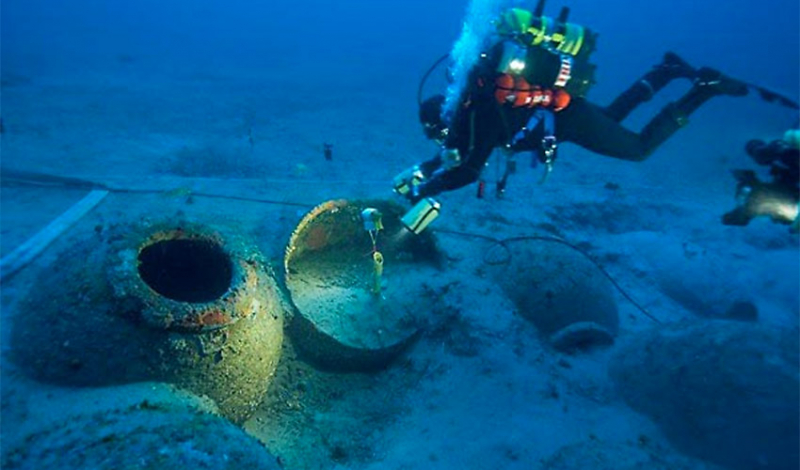
https://www.indigosafaris.com/ 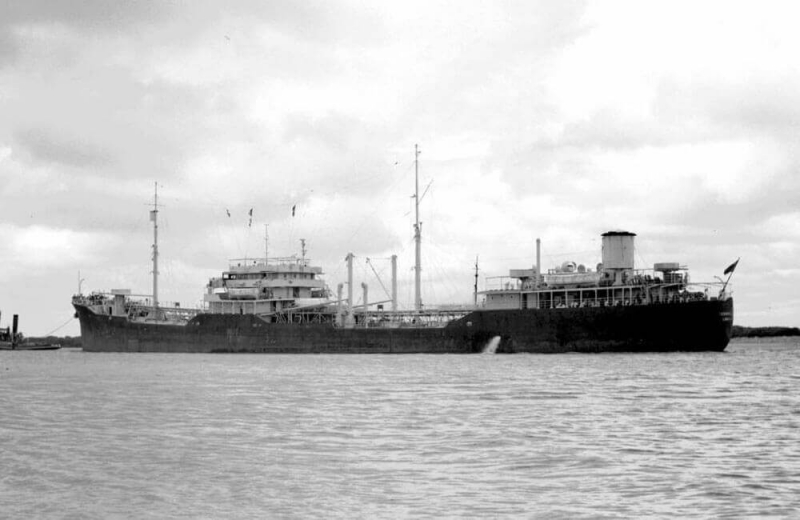
https://www.indigosafaris.com/ -
The Witte Leeuw, or "White Lion," a 16th century sail ship, is about 35 meters below the surface. (Learn more about its intriguing history by clicking here.) The ship has broken down somewhat over the years, but the ribs of the ship, as well as the canons carried by the vessel, are frequently visible.
The aquatic life isn't as abundant as it is at the other wrecks mentioned, but a particular highlight is that the well-known Jaques Questoe dived this wreck several times during his visits to the island in the 1970s. This expedition retrieved one of the bronze cannons, which is now housed at the St Helena Museum at the bottom of Jacob's Ladder.
Witte Leeuw has a 1604 date of manufacture on it. On the Diving page in Wikipedia, you can read about the cannon's recovery. The 1,311 diamonds, on the other hand, have yet to be found. They would have been kept in the stern portion, near the powder room, for safekeeping.
The explosion would have dispersed them extensively, and because diamonds are carbon and not metallic, they are nearly difficult to retrieve under 400 years of silt. However, if you go diving on or near the Witte Leeuw and see anything glistening...
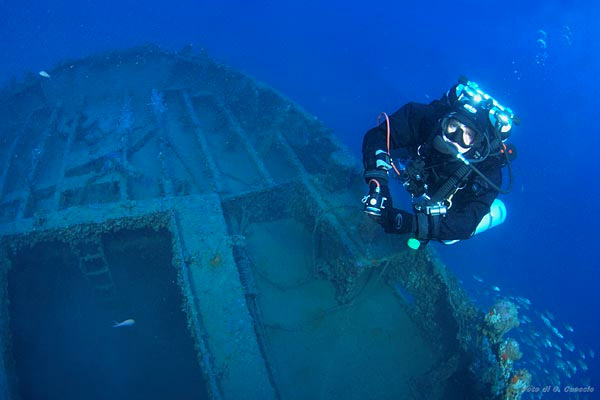
https://www.indigosafaris.com/ 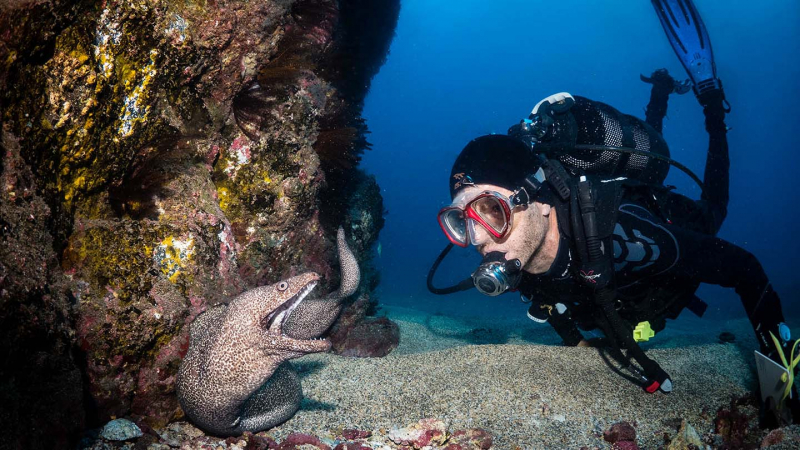
https://www.indigosafaris.com/ -
The MV Frontier was a fishing vessel that arrived on the island in 1997 and was detained in port for illicit narcotics possession. The ship deteriorated on the surface over time and was sunk to the bottom in 1999. It has since become a famous wreck dive for expert divers, measuring 22 meters to the top of the ship on its starboard side and 28 meters to the bottom.
The MV Frontier is only around 50 meters long, but it remains mainly intact on its starboard side, with most of the superstructure and fittings still intact. Although it is illegal to enter the wrecks according to St Helenian restrictions, it is worth taking a look inside for some atmospheric photographs.
The reef, which is less than 50m from the wreck, is easy to identify by going down the ship's line from the bow – in fact, visibility is so superb that you can clearly make out the reef's shadow on a good day – and returning to the ship is also simple. The Portzic, a wooden fishing vessel confiscated and repossessed by banks after the French skipper failed to satisfy his outstanding debts, was sunk beside the Frontier in 2008 after degrading and becoming unrepairable while held.
A excellent dive would be to start at the wreck, gently drop across the superstructure to the sandy bottom and reef, then return to the ship, level up, and explore the port side before ascending the mooring line to safety stop depth.
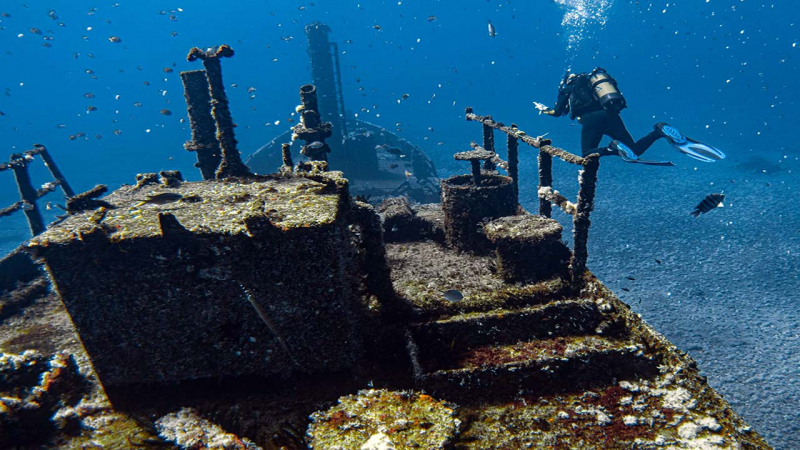
https://divemagazine.com/ 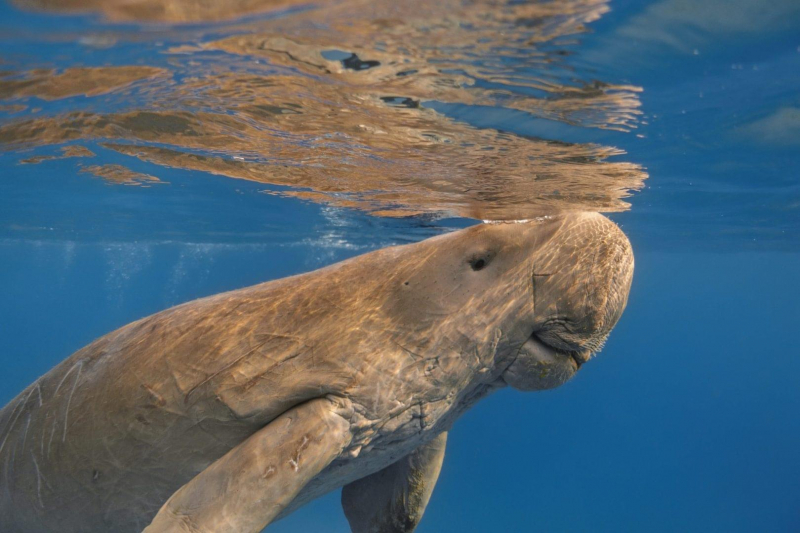
https://divemagazine.com/












